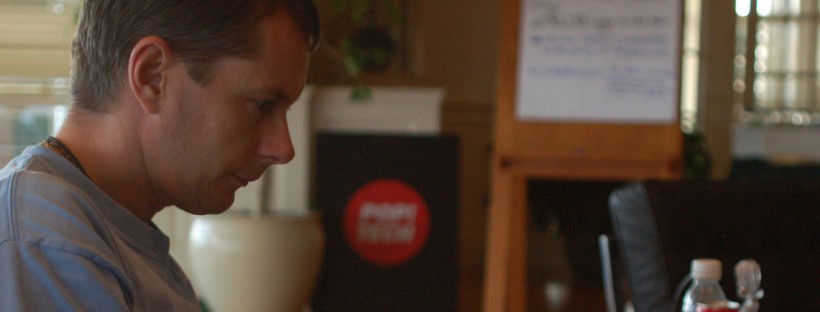Back in the summer of 2005, a few friends and colleagues gathered in a corner of the Commonwealth Club in London. There were environmentalists, conservationists, communications experts, senior mobile industry executives, businesspeople and a couple of potential investors. What brought us there was the Galileo Masters, an annual competition which awards incubation opportunities for innovative satellite navigation applications. FrontlineSMS development was just about to begin, kiwanja.net was beginning to grow and it was a time rich in ideas. Not surprisingly for a meeting dominated by conservationists, it was an environmental application which won through. On 8th June 2005, our Mobile Environmental Monitoring Device was born. Our idea was this.
A Mobile Environmental Monitoring Device (MEMD), tracked by Galileo, would gather environmental information as people move through their landscapes. Indicators such as temperature, air quality, CO2 levels and air pressure would be recorded along with a fix on each location. For the first time individuals will be able to monitor their own exposure to local, relevant environmental hazards. Although initially a standalone unit, MEMD could converge with other technologies in the future, such as mobile phones and PDAs, providing enhanced functionality and communications ability. Each data set, gathered by each MEMD unit, would provide the user with a snapshot of the state of their environment
 The idea was a bit on the grand side (see a bigger diagram) and we didn’t win, which was probably a good thing since none of us really knew if the thing was possible. MEMD was consigned to the archives like an earlier mobile payments concept (which has also since taken off). I started work on another project which later became FrontlineSMS, and life moved on.
The idea was a bit on the grand side (see a bigger diagram) and we didn’t win, which was probably a good thing since none of us really knew if the thing was possible. MEMD was consigned to the archives like an earlier mobile payments concept (which has also since taken off). I started work on another project which later became FrontlineSMS, and life moved on.
The idea was well and truly buried until recently, when I came across this – the Nokia Eco Sensor Concept. According to Nokia:
 Our visionary design concept is a mobile phone and compatible sensing device that will help you stay connected to your friends and loved ones, as well as to your health and local environment. You can also share the environmental data your sensing device collects and view other users’ shared data, thereby increasing your global environmental awareness
Our visionary design concept is a mobile phone and compatible sensing device that will help you stay connected to your friends and loved ones, as well as to your health and local environment. You can also share the environmental data your sensing device collects and view other users’ shared data, thereby increasing your global environmental awareness
Interestingly, their monitoring device pairs with a mobile phone – which was what we had in mind – collects similar kinds of environmental data, allows it to be shared and aggregated and is designed to increase environmental awareness. It looks like we were just a little early on this one.
Ideas, of course, are one thing. Having the resources to execute them is another (something which, to this day, remains a challenge). Back in 2005 we were left to wonder if MEMD would ever have been possible.
Two years later, Nokia have shown us that it is.


